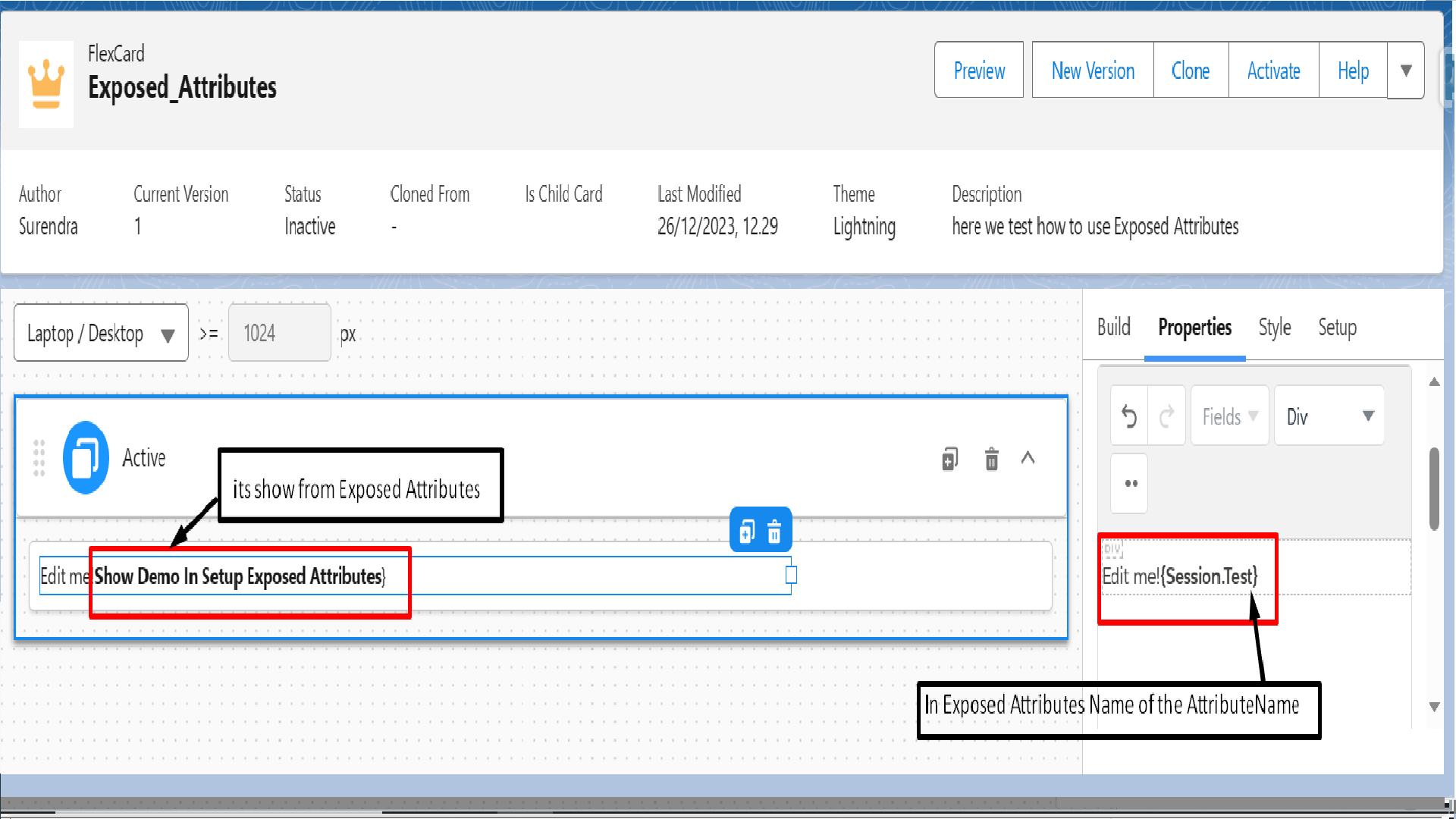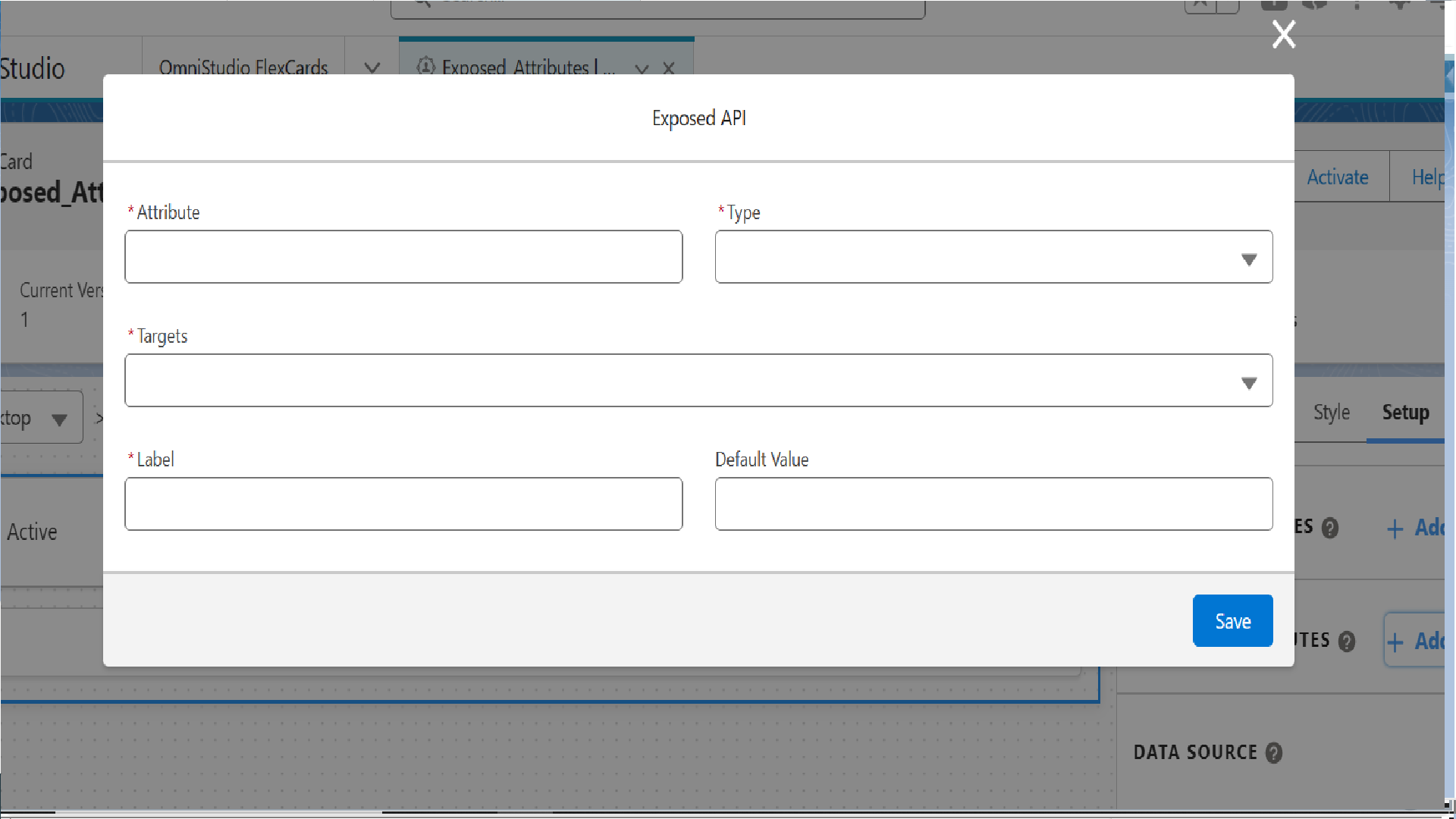Imagine a world where your digital cards can adapt to any situation with just a few tweaks. That’s exactly what flexcard merge attributes bring to the table. These powerful tools allow you to customize, personalize, and optimize your digital cards like never before. Whether you’re managing customer loyalty programs, creating event passes, or designing membership cards, flexcard merge attributes are your secret weapon for success.
In today’s fast-paced digital landscape, businesses need solutions that are both flexible and scalable. Flexcard merge attributes provide exactly that by enabling you to merge custom data into your digital cards seamlessly. This means you can tailor each card to meet the specific needs of your audience, enhancing user experience and engagement.
But why stop there? By leveraging flexcard merge attributes, you can also streamline operations, reduce manual work, and ensure consistency across all your digital platforms. In this article, we’ll dive deep into what flexcard merge attributes are, how they work, and why they’re essential for businesses looking to stay ahead of the curve. So, buckle up and get ready to unlock the full potential of your digital card strategy!
Read also:Tony Chabert The Rising Star Redefining Creativity In The Entertainment Industry
What Are Flexcard Merge Attributes?
Flexcard merge attributes refer to the customizable data points that can be integrated into digital cards. These attributes allow businesses to dynamically adjust card information based on user preferences, transaction history, or even real-time data. Think of them as placeholders that can be filled with specific details, making each card unique and personalized.
For example, a loyalty card might display a customer’s name, total points earned, and expiry date—all of which can be dynamically updated using merge attributes. This level of customization not only enhances the user experience but also improves brand loyalty and engagement.
Here’s a quick breakdown of what flexcard merge attributes can do:
- Personalize card content for individual users
- Automate updates based on real-time data
- Streamline card management processes
- Ensure consistency across multiple platforms
Why Are Flexcard Merge Attributes Important?
In the world of digital cards, flexibility is key. Flexcard merge attributes empower businesses to create cards that adapt to changing circumstances and user needs. This adaptability is crucial in today’s competitive market, where customer expectations are higher than ever.
By incorporating merge attributes into your digital card strategy, you can:
- Enhance customer engagement through personalized experiences
- Reduce operational costs by automating card updates
- Increase brand loyalty by delivering relevant and timely information
Moreover, flexcard merge attributes help businesses stay compliant with industry standards and regulations. For instance, you can ensure that all card data is encrypted and securely stored, protecting sensitive customer information.
Read also:Unveiling The Sweet And Tangy World Of Warhead Soda
How Do Flexcard Merge Attributes Work?
At their core, flexcard merge attributes function by integrating dynamic data into pre-designed card templates. This process typically involves three key steps:
- Template Creation: Design a base template for your digital card, including placeholders for merge attributes.
- Data Integration: Connect your card template to a database or API that contains the dynamic data you want to merge.
- Card Generation: Use the integrated data to generate personalized cards for each user or transaction.
This streamlined process ensures that every card is unique and up-to-date, providing a seamless experience for both businesses and users.
Key Benefits of Using Flexcard Merge Attributes
Now that we understand how flexcard merge attributes work, let’s explore some of the key benefits they offer:
1. Enhanced Personalization
Personalization is a powerful tool for engaging customers and building lasting relationships. Flexcard merge attributes make it easy to include personalized details such as names, loyalty points, and transaction histories on digital cards. This level of customization helps create a more meaningful connection between businesses and their customers.
2. Improved Operational Efficiency
By automating the process of updating card information, flexcard merge attributes significantly reduce the need for manual intervention. This not only saves time but also minimizes the risk of errors, ensuring that all cards are accurate and up-to-date.
3. Consistency Across Platforms
Whether you’re using digital cards for mobile apps, websites, or physical devices, flexcard merge attributes ensure that all cards maintain a consistent look and feel. This consistency is crucial for maintaining brand identity and user trust.
Use Cases for Flexcard Merge Attributes
The versatility of flexcard merge attributes makes them suitable for a wide range of applications. Here are some common use cases:
1. Loyalty Programs
Loyalty cards are a popular way for businesses to reward repeat customers. By incorporating merge attributes, you can display personalized information such as points earned, redemption options, and expiry dates, encouraging customers to engage more with your brand.
2. Event Passes
Event passes can be customized with merge attributes to include details like attendee names, ticket numbers, and entry times. This not only enhances the user experience but also simplifies event management for organizers.
3. Membership Cards
Membership cards often require regular updates to reflect changes in membership status, benefits, or renewal dates. Flexcard merge attributes make it easy to automate these updates, ensuring that members always have access to the latest information.
Best Practices for Implementing Flexcard Merge Attributes
To get the most out of flexcard merge attributes, it’s important to follow some best practices:
- Start with a Clear Strategy: Define your goals and identify the specific attributes you want to include in your digital cards.
- Choose the Right Tools: Select a platform or software that supports flexcard merge attributes and integrates seamlessly with your existing systems.
- Test and Iterate: Regularly test your card templates and data integration to ensure everything works as expected. Be open to making adjustments based on user feedback.
By following these best practices, you can ensure that your flexcard merge attributes deliver maximum value to your business and customers.
Challenges and Solutions
While flexcard merge attributes offer numerous benefits, they also come with some challenges. One common issue is data accuracy. If the data being merged into the cards is incorrect or outdated, it can lead to a poor user experience. To address this, it’s important to implement robust data validation processes and regularly update your databases.
Another challenge is ensuring compatibility across different platforms and devices. To overcome this, consider using responsive design techniques and testing your cards on a variety of devices and browsers.
Future Trends in Flexcard Merge Attributes
As technology continues to evolve, so too will the capabilities of flexcard merge attributes. Some emerging trends to watch out for include:
- AI-Powered Customization: Artificial intelligence can be used to analyze user behavior and preferences, enabling even more personalized card experiences.
- Blockchain Integration: Blockchain technology can enhance the security and transparency of digital card transactions, making them more trustworthy for users.
- Augmented Reality Features: Incorporating augmented reality elements into digital cards can create immersive experiences that go beyond traditional card designs.
By staying ahead of these trends, businesses can continue to innovate and provide cutting-edge solutions to their customers.
Conclusion
In conclusion, flexcard merge attributes are a game-changer for businesses looking to enhance their digital card offerings. By enabling personalized, dynamic, and consistent card experiences, they help improve customer engagement, streamline operations, and build brand loyalty.
So, what are you waiting for? Start exploring the possibilities of flexcard merge attributes today and take your digital card strategy to the next level. Don’t forget to leave a comment or share this article if you found it helpful. And remember, the future of digital cards is here—powered by flexcard merge attributes!
Table of Contents
- What Are Flexcard Merge Attributes?
- Why Are Flexcard Merge Attributes Important?
- How Do Flexcard Merge Attributes Work?
- Key Benefits of Using Flexcard Merge Attributes
- Use Cases for Flexcard Merge Attributes
- Best Practices for Implementing Flexcard Merge Attributes
- Challenges and Solutions
- Future Trends in Flexcard Merge Attributes
- Conclusion


